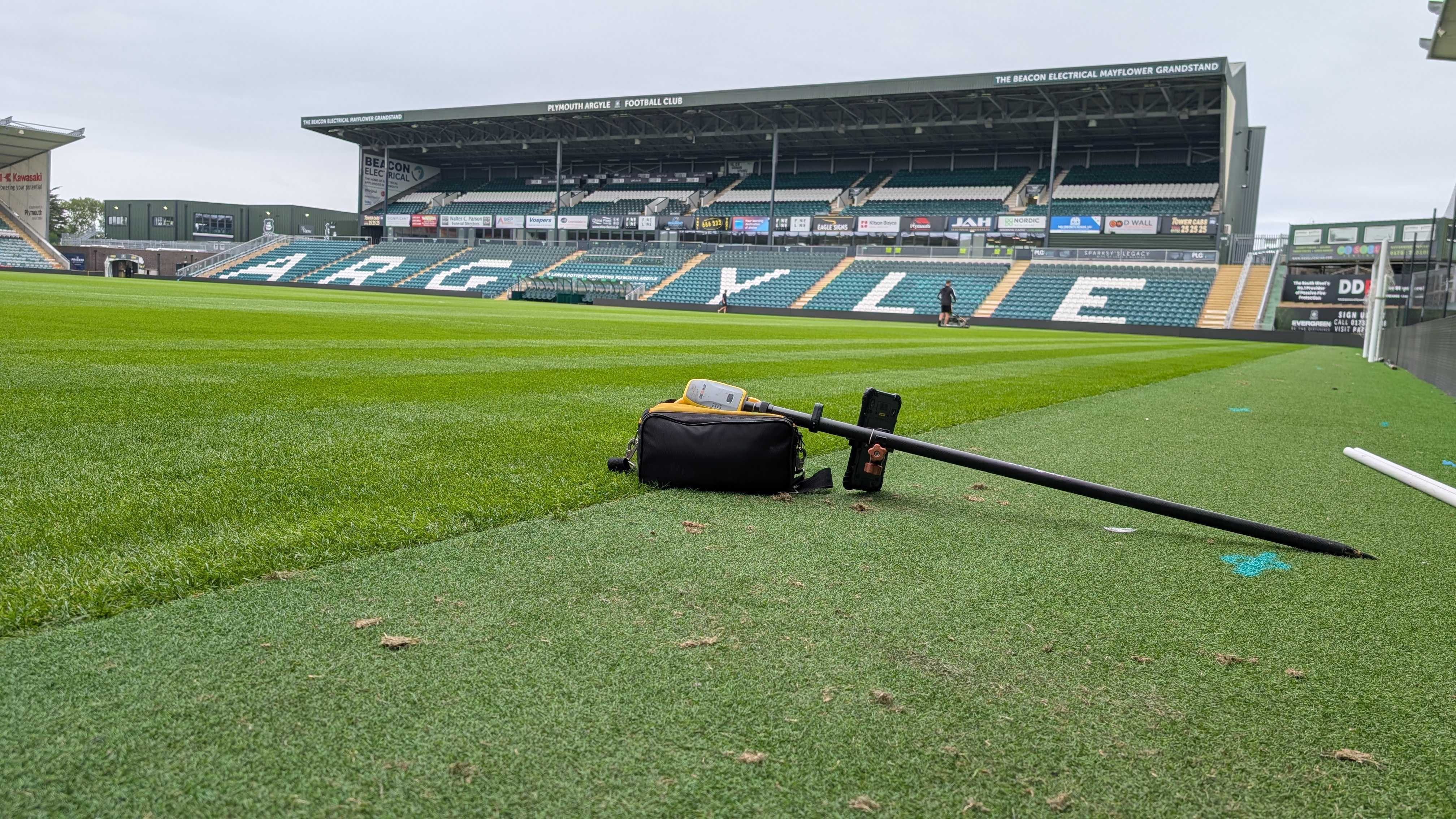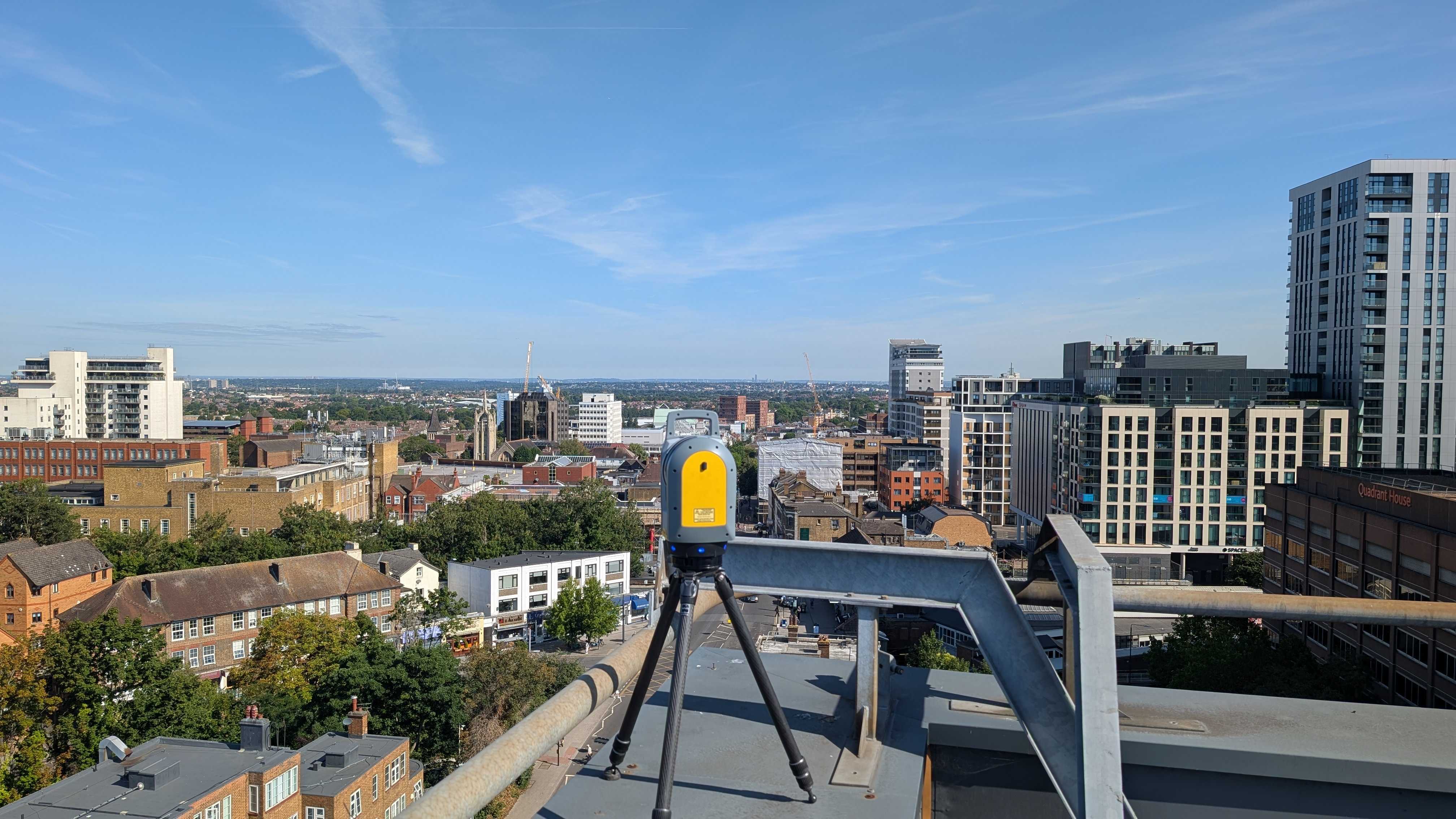Welcome to your complete guide to how surveying can assist you in your utility projects.
Whether you’re looking to improve efficiency of your next project, or simply want to learn more about utility and GPR surveying, this guide can provide you with all the information you need.
In this guide we cover all the information you need to know about the latest methods of surveying and the industries they help with. Plus, we offer top tips on related considerations, to ensure you are informed on everything utility related.
Here is the chapter layout:
Rebar Scanning: Ensuring Concrete Structures Stand Strong – Discussing the importance of rebar scanning in ensuring the structural integrity of concrete buildings and infrastructure. It discusses how Ground Penetrating Radar can detect rebar placement, corrosion, and other issues. It emphasizes the significance of proper rebar positioning for safety and longevity.
Navigating the Underground: Utility Detection with GPR - Geared towards professionals involved in construction and utility maintenance. It highlights the benefits of using GPR for mapping and locating underground utilities, reducing the risk of utility damage during excavation, and avoiding construction delays and associated costs.
Drain Inspection: Preventing Disaster Below the Surface - Intended for professionals responsible for maintaining sewer systems and environmental compliance, this blog emphasises the importance of drain inspections and surveys in preventing disasters, such as blockages, structural failures, and environmental contamination.
Eyes Inside Concrete: GPR for Concrete Inspection - This blog focuses on the benefits of GPR for concrete inspection. It discusses how GPR can detect cracks, voids, and rebar spacing, and highlights the importance of maintaining safe and durable structures.
Beneath the Surface: GPR for Geology and Environmental Studies - This blog explores the applications of GPR in subsurface investigations, including geology, soil properties, groundwater resources, and environmental assessments.
The Science of Structures: GPR's Role in Tunnel and Underground Inspections Services - This blog is for professionals involved in tunnel and underground infrastructure management. It highlights the role of GPR in inspecting the condition of tunnels and detecting issues like voids, water infiltration, and structural anomalies.
From the High Street to the Motorway: GPR for Road and Pavement Assessment – This content discusses the use of GPR for assessing road conditions, detecting defects like voids, moisture infiltration, and pavement layer thickness.
Bridging the Gap: The Importance of GPR in Bridge Deck Assessment - Focusing on the use of GPR for assessing the condition of bridge decks. It discusses how GPR can identify issues like delamination, rebar corrosion, and concrete deterioration, emphasizing the importance of regular inspections for bridge safety.
Revolutionising Chimney Flue Location: GPR Mapping for Minimal Disruption - Discover how Ground Penetrating Radar (GPR) is transforming the way chimney flues are located and mapped in the UK. Learn how GPR can provide on-site markings or CAD representations of chimney flue locations, saving time and resources during construction and renovation projects.
Enhancing GPR Surveys with Desktop Utility Searches - Exploring the significance of conducting Desktop Utility Record Searches before initiating Ground Penetrating Radar (GPR) surveys in the UK.
Mastering Site Management with CCTV Drainage Surveys – This blog post delves into the process of CCTV Drainage Surveys, from lifting manhole covers to using advanced camera units with sondes for precise mapping.
Elevate Site Management with Underground Asset Tagging - This blog post explores the recent introduction of asset tagging in underground surveying services, offering a permanent solution for identifying underground assets. From BT cabling to gas and water valve work, learn how asset tags provide a clear, at-a-glance understanding of inspection chambers, even in areas where traditional signage is impractical.
Rebar Scanning: Ensuring Concrete Structures Stand Strong
The robustness and durability of concrete structures are maintained by reinforcing steel bars, commonly referred to as rebar.
These steel components are strategically embedded within the concrete during construction to enhance its strength and longevity. However, issues such as improper rebar placement, corrosion, and structural defects can jeopardise the integrity of these structures, leading to safety risks and costly repairs.
To address these concerns, the use of Ground-Penetrating Radar (GPR) has emerged as a crucial tool. GPR enables accurate scanning and assessment of rebar, detecting issues like placement accuracy, corrosion, and structural anomalies without causing any damage to the concrete—a non-destructive and cost-effective approach that ensures the safety and longevity of concrete structures.
Navigating The Underground: Utility Detection With GPR
Construction projects often face challenges, from safety concerns to project delays and budget overruns, especially when unexpected damage occurs to hidden utilities.
Accidentally hitting underground pipes or cables can jeopardize safety, halt projects, and strain budgets. Ground Penetrating Radar (GPR) emerges as a solution, utilising radio waves to non-invasively capture images below ground and pinpoint the exact location of utilities.
To optimise GPR utility detection, proper planning is essential, outlining specific goals and strategies for implementation. Professional training ensures accurate interpretation of GPR results, reducing the likelihood of misinterpretation. Integration with complementary technologies, such as topographical surveying, enhances the overall understanding of underground structures. In conclusion, GPR not only addresses challenges like unplanned utility damage, safety hazards, project delays, and budget overruns but also reshapes the approach to utility detection by offering accuracy, efficiency, and safety without causing damage.
Drain Inspection: Preventing Disaster Below The Surface
Overlooking drain inspections in construction projects can lead to significant issues, emphasising the importance of this practice. Drain inspections involve lifting manhole covers, recording pipe/chamber details, and using a CCTV camera to identify potential problems. Not only do these inspections prevent major on-site issues and save costs, but they also contribute to a smoother construction process, avoiding unexpected delays. Signs that a drain inspection is needed include slow drainage, unusual smells, or pooling water.
Neglecting drain inspections can result in disasters caused by drain clogging. Slow drainage, unpleasant odours, structural damage, and increased maintenance costs are among the potential consequences.
Regular drain inspections offer a proactive approach to maintaining pipe health, preventing costly repairs and addressing issues before they escalate. Understanding the significance of drain inspection enables construction workers to uphold building plumbing functionality and avoid long-term complications.
Eyes Inside Concrete: GPR For Concrete Inspection
Construction managers face numerous challenges, with undetected concrete defects posing potential disasters. Hollow cored concrete, tendons in post-tensioned structures, and hidden utilities within slabs can lead to sudden failures, safety risks, and financial strains. Ground Penetrating Radar (GPR) surveys assist in early detection, ensuring structural integrity, preventing safety hazards, and saving costs.
GPR technology, particularly in high-frequency ranges, efficiently and accurately penetrates concrete, providing detailed scans. The conical wave methodology produces A-scans and B-scans, allowing for precise utility detection. GPR aligns with industry standards like PAS 128:2022, ensuring reliability and commitment to the highest benchmarks. Early concrete inspection through GPR offers benefits such as preserving structural integrity, mitigating safety risks, cost-effectiveness, and time efficiency.
As a construction manager, the timely and cost-effective insights gained through GPR ensure confident decision-making and project success.
Beneath The Surface: GPR For Geology And Environmental Studies
Ground Penetrating Radar (GPR) surveying is crucial for accurate and non-invasive subsurface analysis, especially in geology and environmental studies. Without GPR, limitations in acquiring detailed geological structures lead to challenges in construction projects, risking delays, budget overruns, and safety issues.
In soil studies, GPR plays a pivotal role in assessing soil properties by identifying and mapping soil composition, layers, and variations with high resolution. The absence of GPR compromises the understanding of soil properties, impacting construction projects, agriculture, and land-use planning initiatives. Accurate soil information is essential for foundation design, preventing over-engineering or under-engineering and ensuring stability.
GPR serves as a valuable tool for mapping groundwater resources, offering insights into aquifer characteristics, and monitoring groundwater flow and levels. Without GPR, there is a missed opportunity to evaluate subsurface water dynamics comprehensively, potentially leading to oversights in sustainable water use and protection measures. Groundwater significantly influences construction projects, and understanding its dynamics is crucial for successful foundation design.
In construction, leveraging technologies like GPR becomes a strategic advantage, providing precise subsurface data on geological features, soil conditions, and groundwater resources. Construction professionals can enhance project efficiency and avoid costly mistakes by incorporating GPR.
The Science Of Structures: GPR's Role In Tunnel And Underground Inspections Services
Tunnel deterioration poses significant risks to project integrity and safety, impacting construction at various stages. Environmental forces, wear and tear from usage, and geotechnical challenges contribute to tunnel degradation. Early signs include surface cracks, water infiltration, and rust on metallic components. The risks of tunnel deterioration span from safety hazards during construction to ongoing post-construction issues, financial implications, and long-term planning challenges.
To address these risks, ground penetrating radar (GPR) serves as a vital underground inspection service, offering non-destructive evaluation of subsurface structural elements and anomalies within tunnels. GPR, available in air-coupled and ground-coupled systems, facilitates swift and accurate detection of defects, empowering proactive interventions to prevent disasters. GPR's non-destructive nature preserves tunnel integrity during assessments, minimizing disruptions to operations.
From The High Street To The Motorway: GPR For Road And Pavement Assessment
Road and pavement assessment is crucial to avoid utility strikes, which occur on average once per day due to inaccurate information about buried service locations. The cost of utility streetworks amounts to £7 billion annually in the UK, posing risks of fatal accidents, costly repairs, fines, and prosecution. Neglecting road and pavement assessment leads to infrastructure damage, financial strains, project delays, and legal ramifications.
Utility surveys, particularly with Ground Penetrating Radar (GPR), play a vital role in mitigating these risks. GPR improves road conditions and maximises safety by providing precision in identifying underground utilities, safeguarding against accidental damage, ensuring financial efficiency in road maintenance, and promoting regulatory compliance for road projects.
In conclusion, GPR is a beneficial technology for road assessment, contributing to accurate utility identification, minimizing construction-related damage, and enhancing overall project efficiency, helping to keep projects on budget, on time, and in compliance with regulations.
Bridging The Gap: The Importance Of GPR In Bridge Deck Assessment
Neglecting bridge deck inspections poses severe repercussions, including structural decay, safety risks, and financial burdens. GPR detects potential safety hazards and enables proactive intervention, preventing minor concerns from escalating into major structural problems. Reputable survey companies, like Intersect Surveys, contribute expertise to ensure accurate and reliable GPR assessments, safeguarding the integrity of critical bridges. Proactive GPR assessments set the stage for a safer, resilient tomorrow, contributing to the longevity of infrastructure. For those involved in bridge projects, exploring the benefits of GPR with experts is essential.
Revolutionising Chimney Flue Location: GPR Mapping For Minimal Disruption
Ground Penetrating Radar (GPR) technology revolutionises the process of locating chimney flues by offering unparalleled accuracy without the need for intrusive methods.
Traditional approaches, involving drilling or cutting, often lead to structural damage and repair costs. GPR addresses these pain points by providing precise positioning non-intrusively. It expedites project timelines, minimises disruptions, and enhances cost-efficiency.
GPR's ability to convert data into Computer-Aided Design (CAD) formats ensures detailed and accurate information for informed decision-making. Intersect Surveys, through GPR surveys, offers a comprehensive solution for chimney flue location, scanning sites and providing detailed reports.
The adoption of GPR promises to redefine construction practices, offering a streamlined and sustainable approach.
Enhancing GPR Surveys With Desktop Utility Searches
The synergy between desktop utility record searches and Ground Penetrating Radar (GPR) technology addresses critical challenges in subsurface surveying. Unidentified buried services, incomplete survey data, and safety hazards are common concerns. Desktop utility searches, specified in PAS128:2014, provide vital information about buried services, reducing the risk of accidental damage during excavation. This collaboration significantly improves the understanding of subsurface conditions, minimizes uncertainties, and enhances project execution.
The integration of desktop utility record information into projects creates a safer working environment, reducing legal and financial repercussions associated with utility damage. This transformative approach reshapes the landscape of subsurface surveys in the UK, empowering projects with knowledge for informed and efficient decision-making.
Mastering Site Management With CCTV Drainage Surveys
CCTV Drainage Surveys revolutionise site management by addressing hidden drainage issues, limited information, and complex site mapping. Traditional inspection methods often fail to detect unseen problems within drainage systems, leading to potential financial burdens and operational disruptions.
CCTV Drainage Surveys offer a proactive solution by inserting a camera unit into pipes to thoroughly examine and identify hidden issues. The surveys generate accurate and detailed reports, providing comprehensive data for effective planning and management of site maintenance and improvements.
Additionally, the integration of technology facilitates precise and error-free drainage system mapping, streamlining project execution. Early issue detection becomes a strategic advantage, allowing property owners, facility managers, and construction companies to prevent costly repairs and ensure uninterrupted operations.
Adopting CCTV Drainage Surveys transforms the approach to understanding, maintaining, and ensuring the longevity of drainage systems, empowering stakeholders to master site management.
Elevate Site Management With Underground Asset Tagging
Asset tagging, a systematic method involving the labelling and tracking of physical assets, emerges as a solution for challenges in underground asset management. Common pain points, including limited asset identification, inaccessible areas, and efficiency and safety concerns, find resolution through asset tagging systems. These systems provide permanent identification, overcome accessibility challenges, and significantly improve overall efficiency, contributing to enhanced worker safety and a reduction in errors and delays.
The benefits of elevated site management encompass improved operational efficiency, enhanced worker safety, reduced errors and delays, and a tailored approach to asset management, showcasing the transformative power of asset tagging in streamlining, securing, and enhancing the management of underground assets.
Asset tagging introduces a systematic and versatile approach to asset management, offering lasting identification solutions and improving overall operational efficiency. The enhanced worker safety, reduction in errors and delays, and the ability to tailor asset management approaches highlight the significant impact of asset tagging on elevating site management practices. For those engaged in projects involving underground assets, considering asset tagging as a solution can lead to streamlined operations and heightened safety measures.
Conclusion
To conclude, this guide has explored the ins and outs of Utility Detection, delving into the technical details of how it benefits so many industries.
By following the link in each paragraph, you can delve deeper into each topic by accessing the full blogs via the Intersect Surveys website.
If you have any questions, please don’t hesitate to get in touch with a member of the team!








